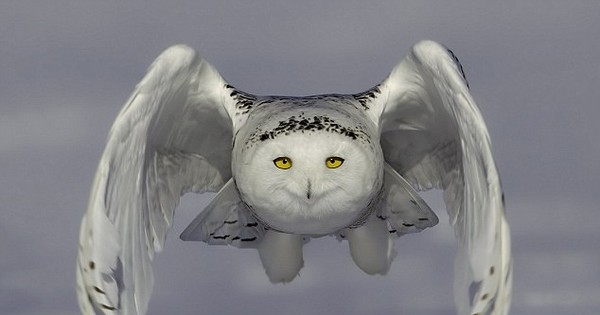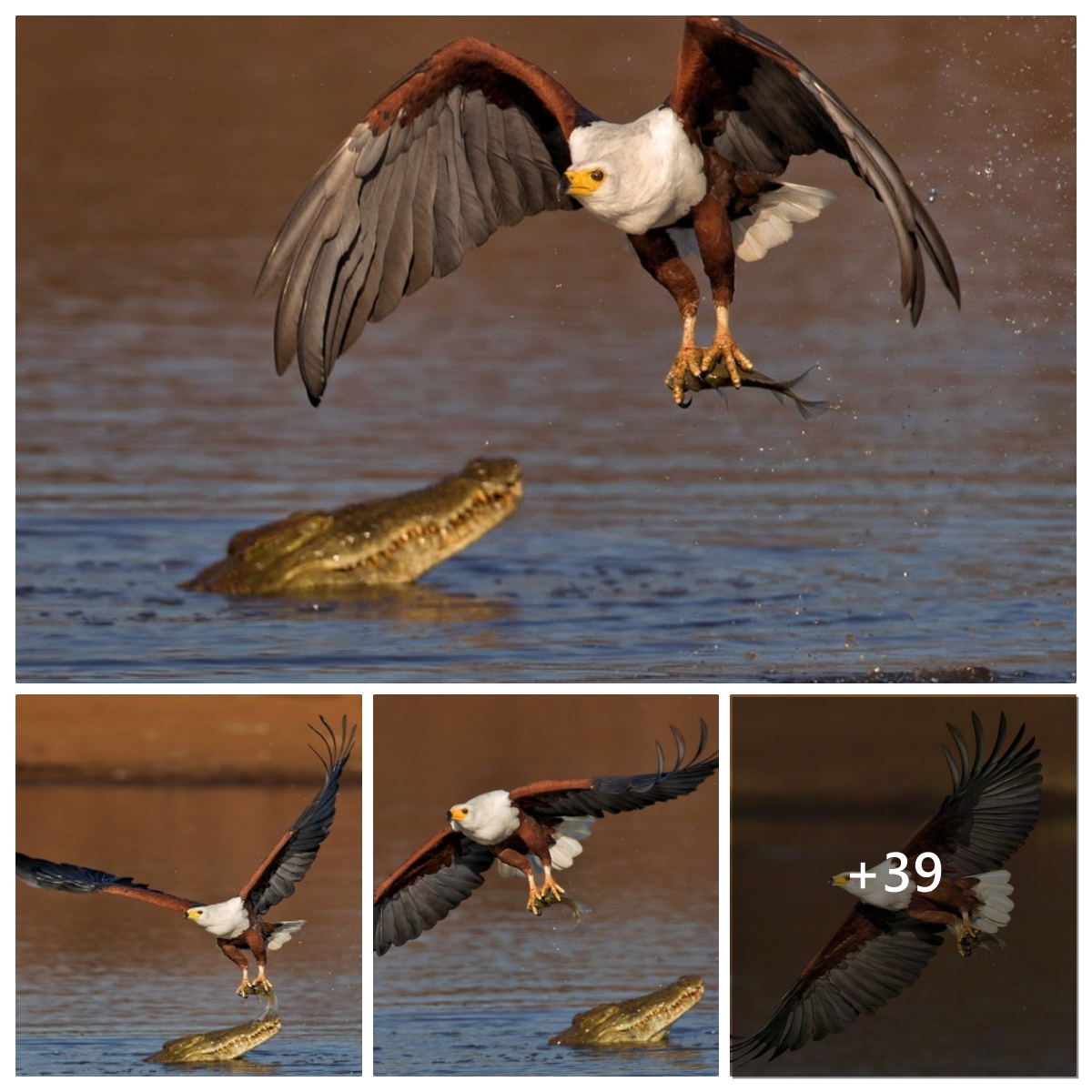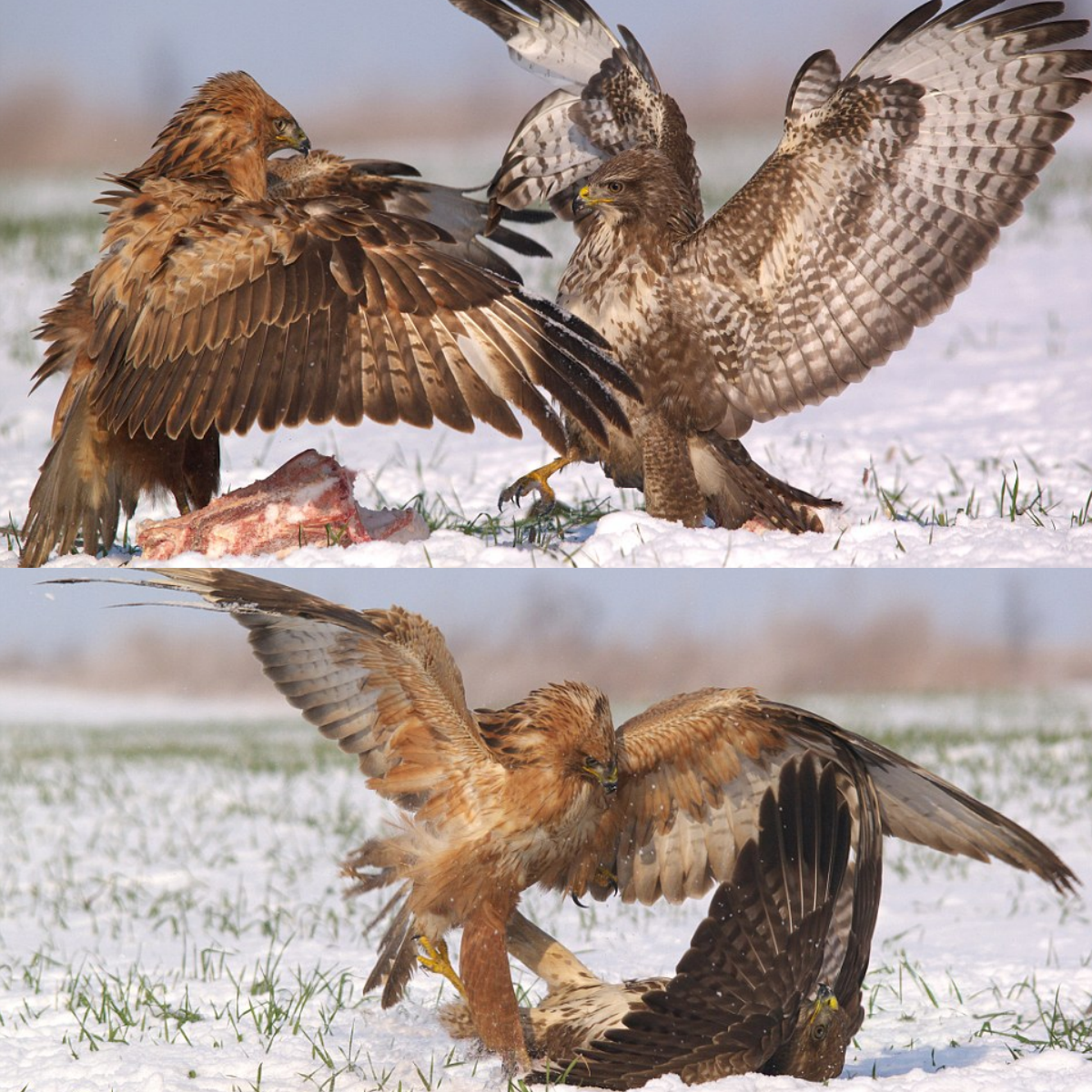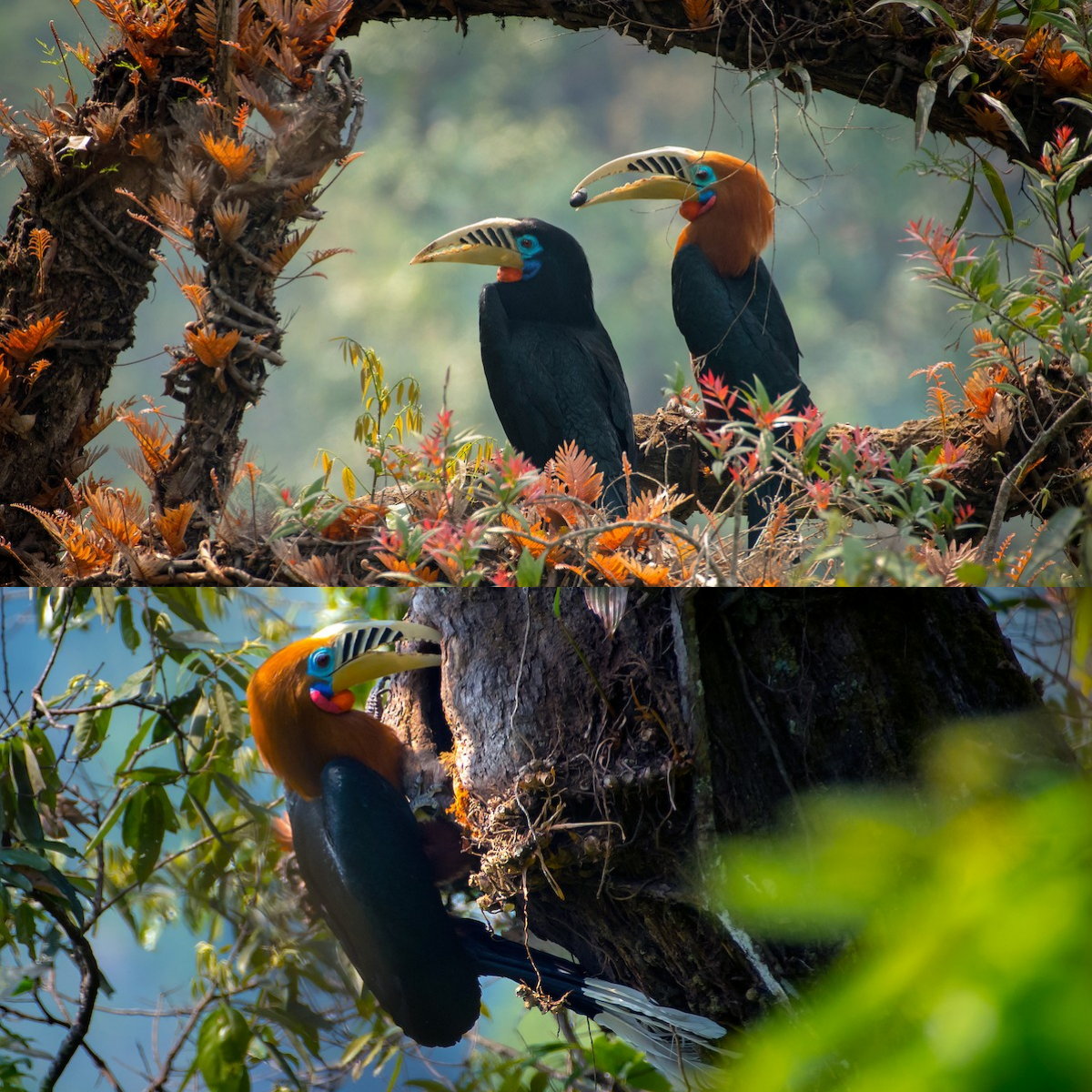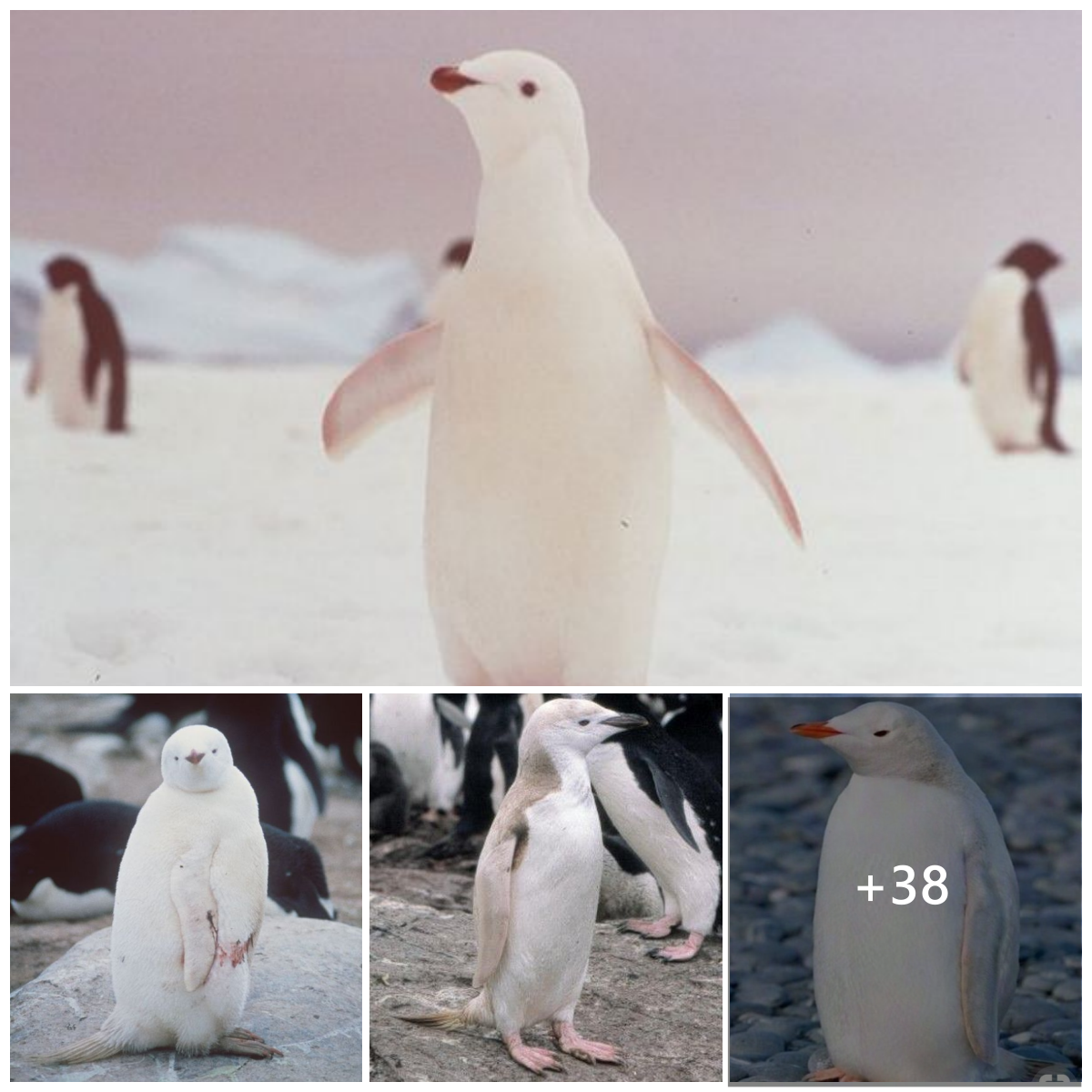A conservation success story reintroduced this elegant wading bird back to our shores after the second World War.

What does an Avocet look like?
The Pied Avocet is one of four species of avocets and the only one found in the UK. This slim, wading bird is predominantly white with black bands on its back and wings coupled with a black cap extending down the back of its neck. The underside of the wings are white.
Whilst both males and females are almost identical in markings the black area of the wing tip on the male is larger than that of the female who also has a slightly shorter bill.
They have long grey-blue legs, and most noticeably, the long black bill turned upwards at its end.
Juveniles have brown tips to their feathers. As the bird wades through shallow water it sweeps its bill from side to side below the surface in order to catch its food.
What does an Avocet sound like?
The avocet has a short melodious call similar to “kloop” often repeated in quick succession. When flying in groups, the flock will often attack and dive bomb other birds shrieking loudly as they do so.
What does an Avocet eat?
Avocets mainly feed on a diet of small shrimps and other crustaceans, tiny fish and waterborne insects and larvae which they catch as they methodically wade through the water whilst sweeping to and fro with their bills and dislodging food from the muddy bottom.
Where can I see Avocets?
Within the UK avocets are mainly limited to wetlands along the east coast and south west of England. Those resident within the UK often summer on the east coast but move to spend their winters on the warmer south west coast.
Some however, leave our shores for the winter returning to Africa to await the arrival of the British spring. Avocets tend to gather around mud flats and brackish water of coastal lagoons although they may also congregate around lakes and reservoirs.
Signs and spotting tips
One of the most obvious ways to positively identify an avocet is by watching it feed. Not only is the movement of scything the water with its long and thin black bill a typical trait unique to the avocet, but it also adopts a forwards leaning stance as it does so.
In flight the bold black and white markings of its back and wings are easy to observe.
How does an Avocet breed?
Avocets nest on the ground, often in widely spread colonies and mainly on mounds of grass, dry mud or low scrapes, which are lined with dry grass or shoreline debris.
They produce one brood of 3 or 4 eggs annually between April and July. The eggs are a light buff colour with dark brown or black markings.
Juvenile Avocet
How long do Avocets live for?
The lifespan of the pied avocet is 10 years. The British Trust for Ornithology cite one avocet on record as living to the ripe old age of 23 years and 9 months.

